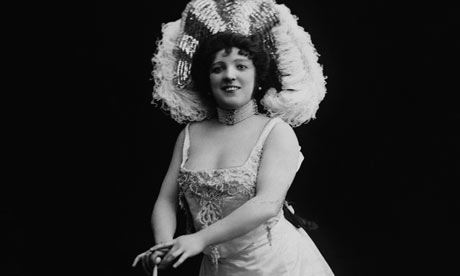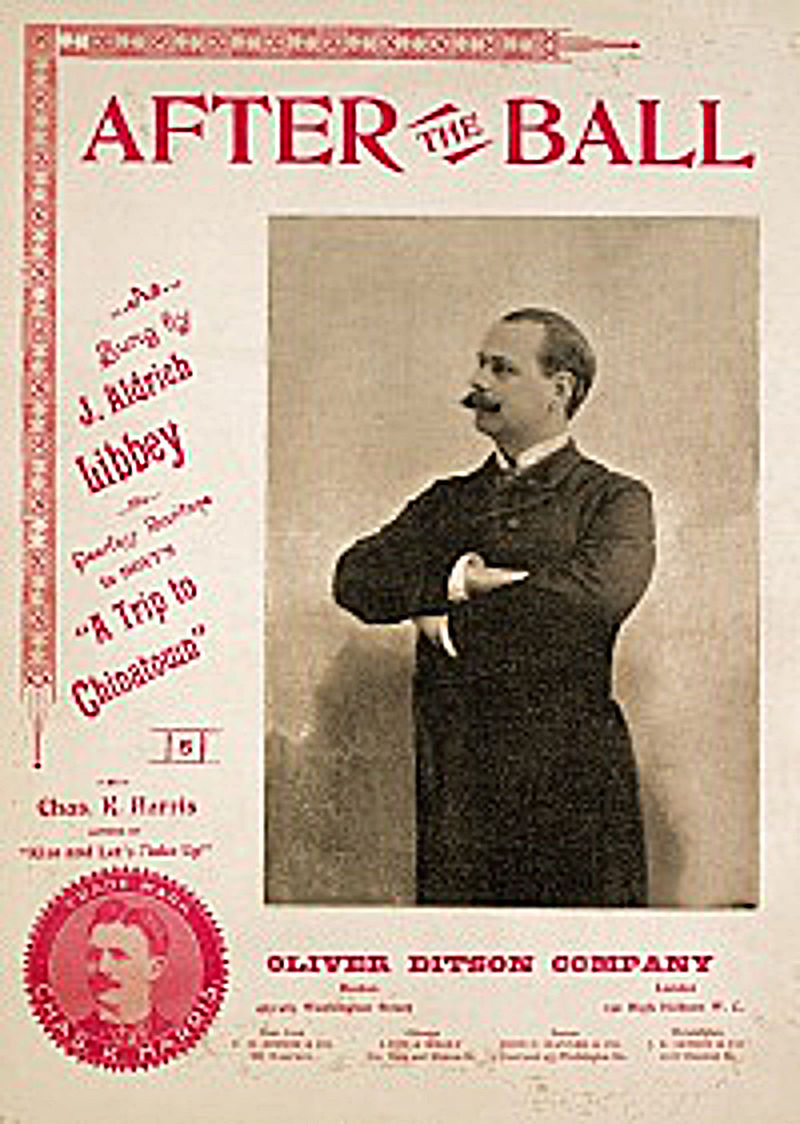At least Edith Piaf has no regrets:
http://www.youtube.com/watch?v=KoYHWgj1Gcs
Édith Piaf (born Edith Giovanna Gassion 19 December 1915) is widely regarded as France's greatest popular singer and one of the most celebrated performers of the 20th century.
Piaf's mother abandoned her at birth and she lived for a short time with her maternal grandmother. However, when her father enlisted with the French Army in 1916 to fight in World War I, he took her to his mother, who ran a brothel in Bernay, Normandy, where the prostitutes helped to look after her. The bordello had two floors and seven rooms, and the prostitutes were not very numerous - "about ten poor girls", as she later described. The sub-mistress of the brothel was called "Madam Gaby" and Piaf considered her almost like family and she later became godmother of Denise Gassion, Piaf's half-sister born in 1931.
From the age of three to seven, Piaf was blind as a result of keratitis. According to one of her biographers, she recovered her sight after her grandmother's prostitutes pooled money to accompany her on a pilgrimage honouring Saint Thérèse of Lisieux. Piaf claimed this resulted in a miraculous healing.
At age 14, Piaf was taken by her father to join him in his acrobatic street performances all over France, where she first began to sing in public. At age 16 she met a young man named Louis Dupont and lived with him for a time. She became pregnant and gave birth to a daughter, Marcelle. After Piaf's relationship with Dupont ended, Marcelle, who lived with her father, contracted meningitis and died in July 1935, aged two.
In 1935, Piaf was discovered by nightclub owner Louis Leplée. Her nervousness and her height of only 4' 8" inspired her nickname of "La Môme Pia" (The Waif - or Little - Sparrow). In 1936 Leplée was murdered and Piaf was questioned and accused as an accessory but acquitted.
Piaf's career and fame gained momentum during the German occupation of France in World War II. However, some of the venues at which she performed were inhabited by German officers and collaborating Frenchmen and she was invited to take part in a concert tour to Berlin, sponsored by the German officials. In 1942, she was able to afford a luxury flat in a house in the upmarket 16th arrondissement area of Paris area and she lived above the L'Étoile de Kléber, a famous nightclub and bordello close to the Paris Gestapo headquarters.
As a result, Piaf was accused of collaboration and had to testify before a post-war trial. However, her secretary, Andrée Bigard, a member of the French Resistance, spoke in her favour after the Liberation, testifying that she performed several times at prisoner-of-war camps in Germany and was instrumental in helping a number of prisoners escape. Additionally, at the beginning of the war, Piaf had met Michel Emer, a Jewish musician famous for the song L'Accordéoniste. and paid for him to travel to safety. Following the trial, Piaf was soon back performing and, in December 1944, she sang before the Allied forces in Marseille,
Between January 1955 and October 1962, Piaf performed several series of concerts at the Paris Olympia music hall and it was in the 1961 concerts, promised by Piaf in an effort to save the venue from bankruptcy, that she first sang Non, je ne regrette rien.
Piaf had been injured in a car accident in 1951 in which both she and singer Charles Aznavour (her then-assistant) were passengers. She suffered a broken arm and two broken ribs and her doctor prescribed the drug morphine, to which she became addicted and she also developed alcohol problems. Two subsequent car crashes exacerbated the situation.
Edith Piaf died of liver cancer on 10 October 1963 at the age of 47. Her last words were "Every damn thing you do in this life, you have to pay for". She was buried in Père Lachaise Cemetery, Paris, where her grave is among the most visited. The funeral procession drew tens of thousands of mourners onto the streets of Paris (reportedly the first time since the end of World War II that the traffic in Paris had come to a complete stop) and the ceremony at the cemetery was attended by more than 100,000. At the time, Piaf was denied a Catholic Requiem Mass since she had remarried after divorce but, after fifty years, the French Catholic Church recanted and gave her a Requiem Mass in the St. Jean-Baptiste Church in Belleville, Paris (the parish into which she was born), on 10 October 2013.




